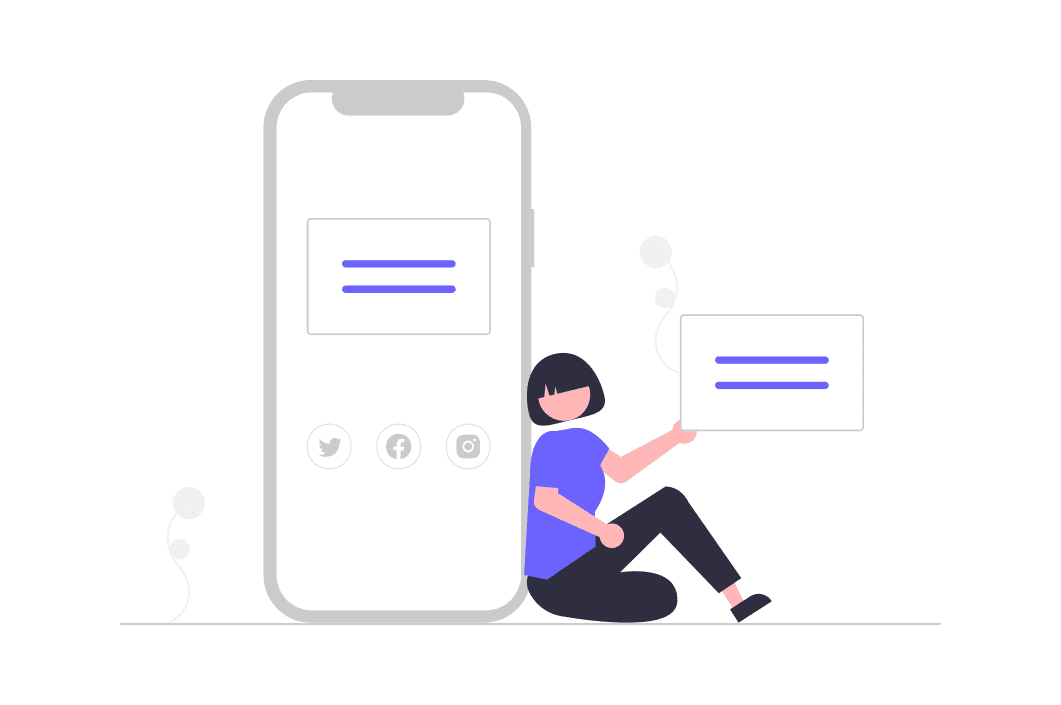Chatbots in 2025 aren’t the novelty they once were. They’re part of the digital furniture—expected, but only tolerated if they’re genuinely useful. For every bot that saves time or delights a user, there are ten more that frustrate, confuse, or just plain waste time. What separates the winners from the annoyances? A smarter approach from the very start.
Here’s how to build chatbots that actually help, convert, and even delight—without falling into the traps that make users groan.
1. Start with a purpose—not “because everyone else has one”
If your bot’s mission is “be present on our site,” it’ll show. Smarter chatbots start with a specific goal: answering FAQs, guiding users to the right resource, qualifying leads, booking appointments, or streamlining support.
Define what success looks like before you write a line of dialogue. Does your team want more qualified demos, fewer repetitive tickets, or happier customers at midnight? Clear purpose means focused design—and fewer dead ends for users.
2. Give your bot a personality, but skip the forced small talk
No one expects a chatbot to be their new best friend, but they do appreciate warmth and a bit of charm. In 2025, the best bots reflect brand voice without being try-hard. That means quick intros, friendly tone, and context-aware responses (“Let me grab that info for you!”)
But don’t slow users down with jokes, “typing…” animations, or endless “How are you today?” pleasantries. Respect people’s time: personality should enhance, not hijack, the conversation.
3. Be honest about what your bot can (and can’t) do
The quickest way to lose trust is to promise live agent magic, then deliver FAQ copy-paste. Smart chatbots set clear expectations upfront—“I’m a virtual assistant, but I can connect you with a person if you need.”
Make escalation easy and visible: the best bots never trap users in endless loops. Admit the bot’s limits (“That’s outside my wheelhouse!”), then route the conversation to a human or a helpful resource.
4. Map out real user journeys—not just “happy paths”
Most chatbot failures come from teams designing for the perfect scenario, not the messy reality. In 2025, users expect bots to handle typos, ambiguous questions, and the unexpected (“I forgot my password, but I don’t remember my username either…”).
Work with support and sales teams to gather the actual questions, confusion points, and complaints people bring. Build flows and fallback logic for as many of these as possible. With a decoupled frontend and backend, headless CMS benefits include faster iteration and content adjustments based on real user behavior. If your bot gets stumped, log the gaps and iterate—don’t let errors pile up.
5. Let users steer: give options, but don’t force a menu maze
Some users love clickable buttons and quick replies. Others want to type (or paste) their question and get a straight answer. The best bots in 2025 support both—offering clear “choose your next step” prompts, but never locking people into a dead-end menu or requiring ten clicks to get help.
Mix free text and guided flows, and always give an “escape hatch” (“Something else? Just ask!”).
6. Use data—responsibly—to personalize the experience
Modern chatbots can tap into account info, past purchases, or location data to deliver relevant answers (“Hi Jane! I see you ordered from us last month—need an update on that shipment?”).
But always get consent and let users know what’s being used. Overly personal bots (“I saw you browsed these products at 2 a.m.”) risk crossing into creepy.
Personalize where it adds value. Leave the rest to human reps. Many of these personalization capabilities rely on powerful AI tools for eCommerce that analyze behavior and purchase history in real time.
7. Focus on speed and accuracy above all else
No one comes to a chatbot for fun—they come for fast answers. Long-winded replies, slow typing indicators, or vague answers kill adoption.
Use clear, concise responses. Design for mobile first—make sure messages are short and buttons tap-friendly.
Regularly test your bot’s speed and make optimizations: if it takes longer than a few seconds to respond, users will bail. Leveraging cross platform app development services can also enhance your chatbot’s accessibility, ensuring it performs well across different devices and platforms.
8. Never stop training—iterate with real conversations
A chatbot isn’t a “set and forget” tool. The best bots in 2025 are constantly learning from actual interactions:
- Where do users get stuck?
- What questions are going unanswered?
- Which flows cause people to escalate to live support?
Set up regular reviews, retrain on new data, and tweak responses based on feedback. Make it a habit, not a quarterly “to do.” The more your bot adapts, the more valuable it becomes.
9. Design for escalation—and make it painless
No matter how smart your bot is, some issues need a human touch. Build in clear, easy handoffs to real agents. That means more than just “Please email [email protected]”—it means real-time chat transfer, ticket creation, or a callback request.
Track how often users escalate and why. If handoffs are common in a certain area, that’s a signal your bot’s content or flows need work.
10. Make accessibility a non-negotiable priority
In 2025, accessibility is table stakes—not a “nice to have.” Bots should work for all users:
- Keyboard navigation and screen reader compatibility
- Clear color contrast and text sizing
- Multi-language and easy language options
Consider voice assistants for users with mobility or vision challenges.
Test with real users—don’t just trust your platform’s “accessibility ready” promise.
11. Measure what matters: real outcomes, not vanity stats
It’s easy to brag about “10,000 conversations handled!” But that means little if most users bounce, get frustrated, or escalate to live agents anyway.
Define and track meaningful metrics:
- Resolution rate (without human handoff)
- User satisfaction (CSAT scores, short surveys)
- Time saved for both users and your team
- Sales qualified, leads booked, issues solved
Combine data with real user feedback (ask them!): what worked, what didn’t, and what they wish the bot could do next. Let those insights shape your roadmap—not just the shiny numbers.
Wrapping up: Build bots people want to use—not just bots that exist
The future of chatbots isn’t about mimicking humans or jumping on the latest AI trend—it’s about making life easier, faster, and a little less painful for your users. Every rule above boils down to one thing: respect your audience.
If you focus on clarity, consent, and continuous learning, your chatbot won’t just fit in with the digital wallpaper—it’ll be a tool people actually choose to use.
Ready to build smarter chatbots in 2025? Start by asking real users what they need, never stop iterating, and let usefulness—not hype—be your guiding light.



